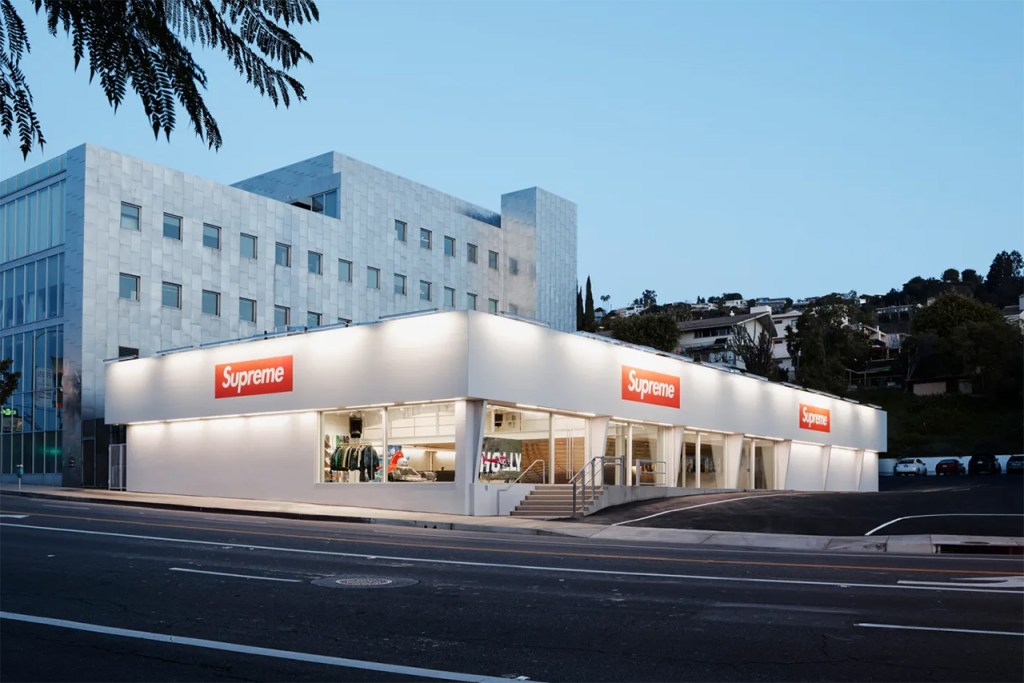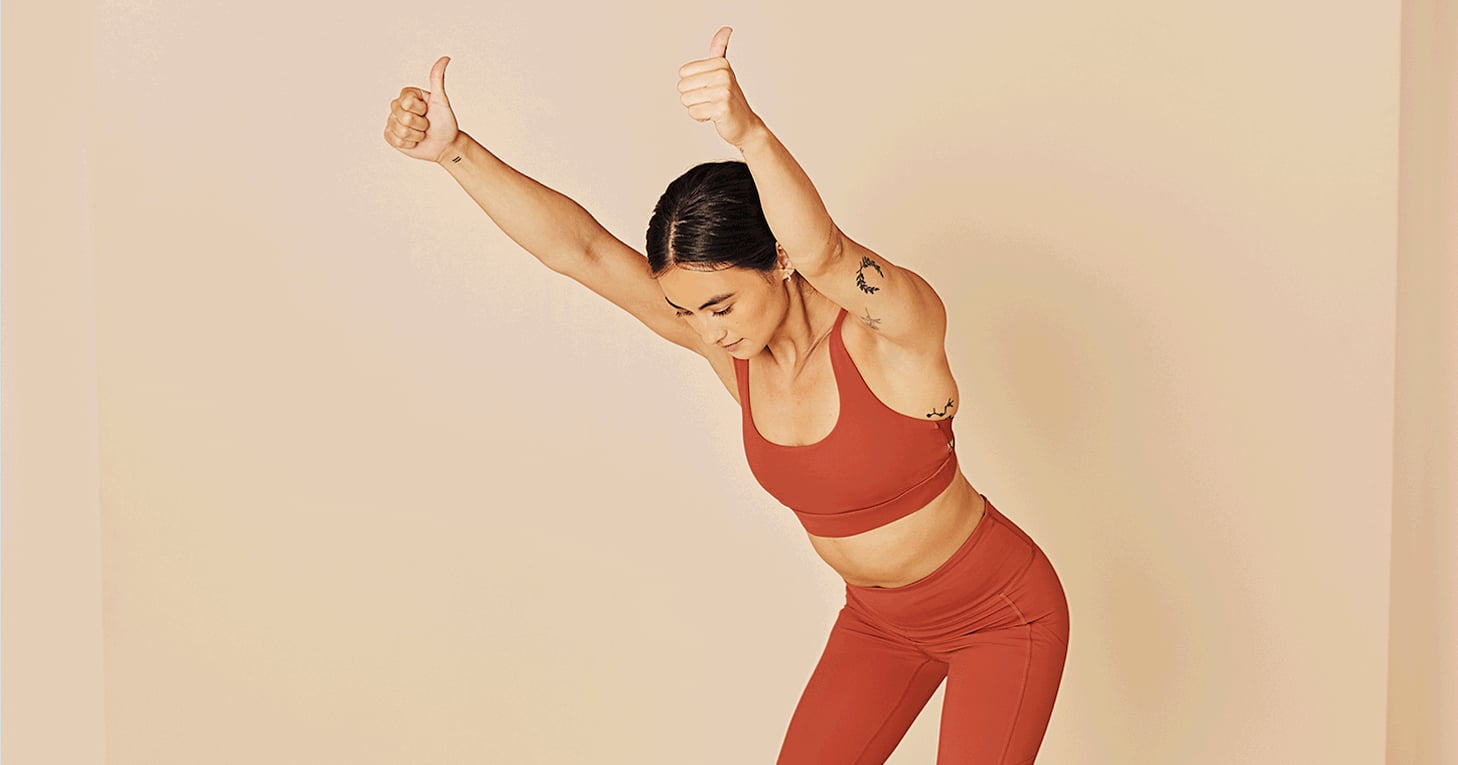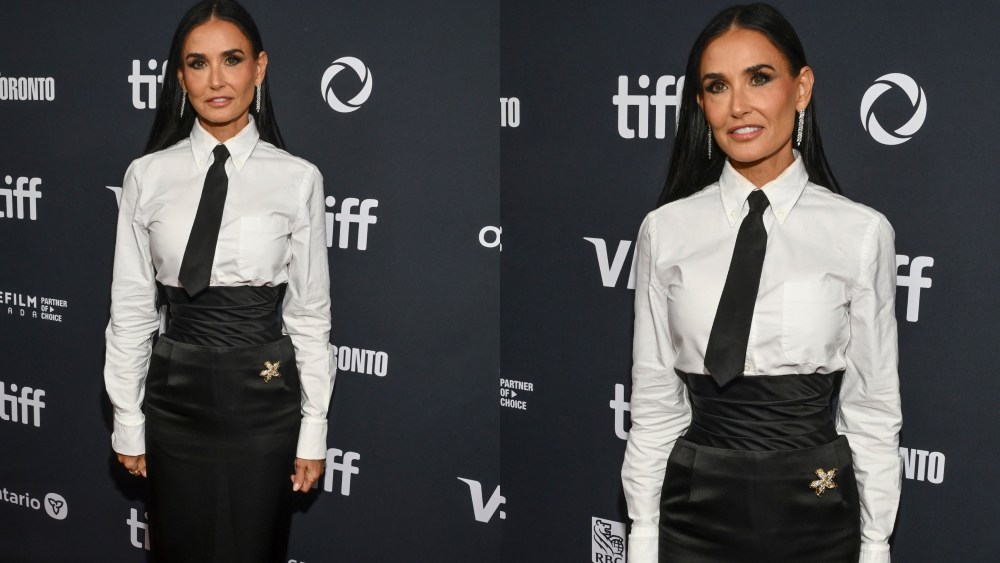Updated 7:06 P.M. ET Feb. 6
What fits and what doesn’t?
That’s the question at VF Corp. as Bracken Darrell, the company’s new chief executive officer, moves beyond cost cutting and organizational changes and starts looking to sell off brands.
The portfolio review — which Darrell telegraphed last year — could dramatically reshape the company, which turned in very weak numbers for the third quarter.
VF did not detail which brands it might sell, but the review could potentially put names like Supreme, Timberland and Dickies in play. Already, it was working to sell its Kipling, Eastpak and JanSport backpack businesses.
The company also owns Vans, the former powerhouse it is working to turn around, and The North Face, which has been a stronger performer, but it did suffer some with warmer weather this winter.
Darrell told WWD in an interview that the effort to sell brands was less about raising money to pay down debt — although that’s a benefit — and more about structuring the business properly.
“It’s a strategic thing,” the CEO said. “There are a lot of things that aren’t good about being a turnaround, but one of the best things about being a turnaround is you really get a chance to take a fresh look at the entire strategy of something, in this case, of the whole company.
“Since we are in a turnaround, everything’s on the table from the board’s perspective and certainly from my perspective,” he said. “So it’s really taking a hard look at, ‘Gosh, if you could start from scratch with the assets…what would you really like to stay in and why? And so there’s a strategic view of it. I loved being in growing markets because it’s a lot easier to grow if you’re in growing markets. Generally, the apparel and footwear market is growing, so that’s good. And then the second thing is I love to have really powerful brands because they act like monopolies. So the more powerful the brand, the better.”
Recently, the company has struggled to get the most out of its brands.
VF’s third-quarter sales fell 16 percent to $3 billion, pressuring the bottom line. Net losses for the quarter tallied $42.5 million, or 11 cents a share, a big drop down from earnings of $507.9 million, or $1.31 a year earlier.
By brand, sales at The North Face fell 10 percent to $1.2 billion while Vans was down 28 percent to $668.2 million, Timberland was off 21 percent to $473 million and Dickies fell 16 percent to $147.9 million. The “other brands” category, which includes Supreme, slipped 6 percent to $479.1 million.
Investors took a step back and traded shares of VF down 7.5 percent to $15.68 in after-hours trading.
On a conference call with analysts, Darrell attributed the weakness in the quarter to five factors — unseasonably warm weather, difficult comparisons with a year earlier, under performance in the Americas, efforts to clean up and “reset” at Vans and some impact from a cyber attack in December that disrupted operations.
“These are disappointing numbers across the board, and we’re acting with urgency to improve performance so that we do not report another quarter like this,” he said.
VF has been working to right-size its business, including through cost cuts that included layoffs aimed at eliminating $300 million in fixed cost savings.
“Reducing debt and strengthening the balance sheet remains a priority and we benefited from the reduction of inventories and the recent reduction of dividend,” Darrell told analysts. “We’re already reducing the net debt substantially this quarter versus last year. That’s before we sell any assets.”



